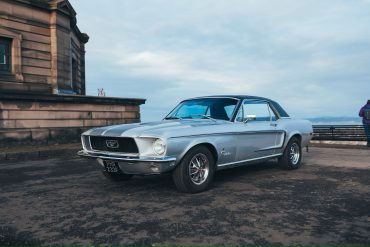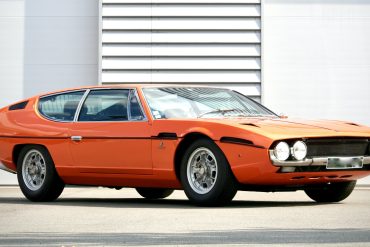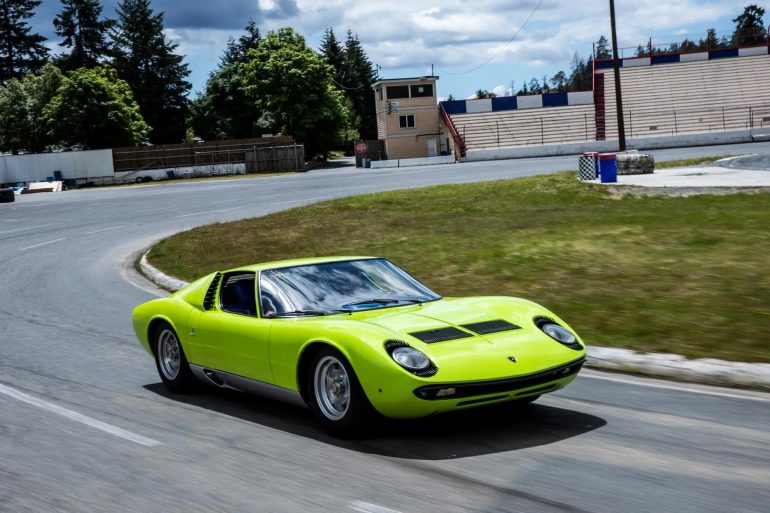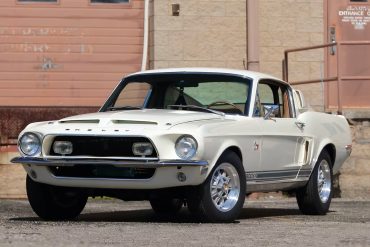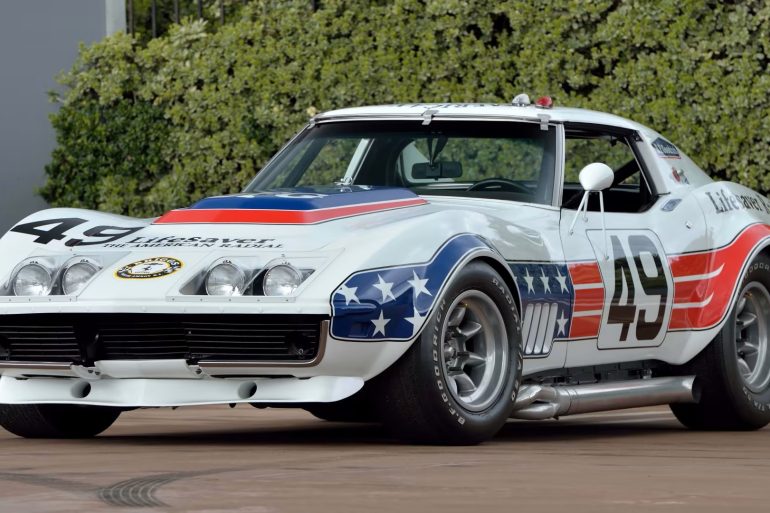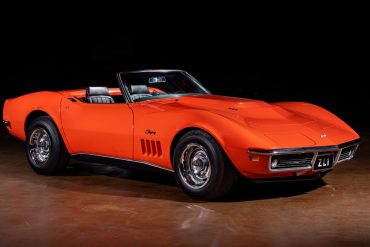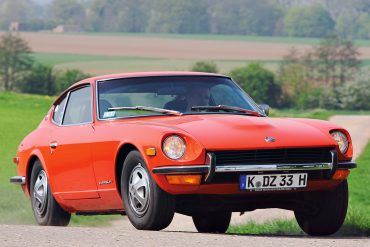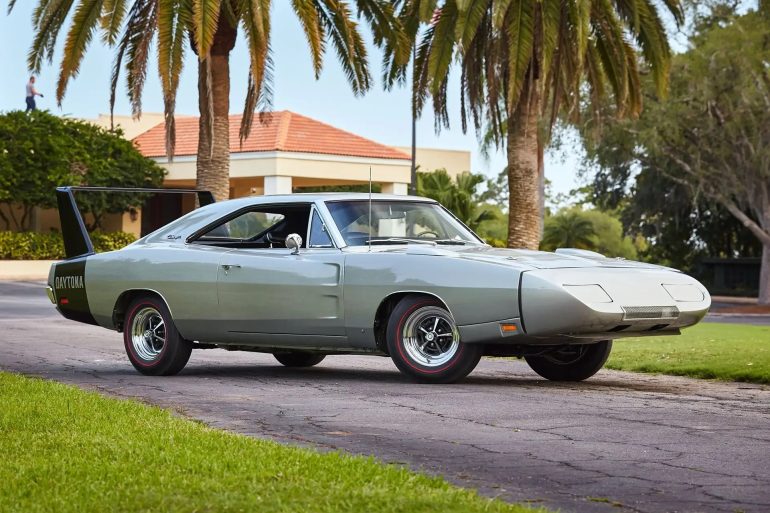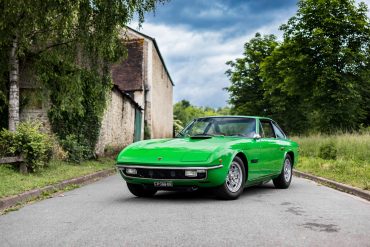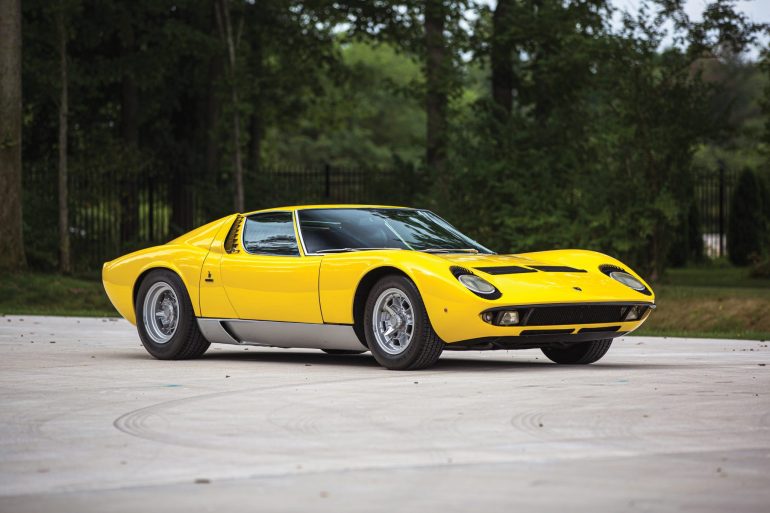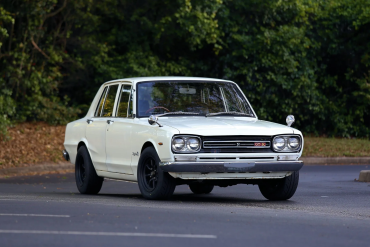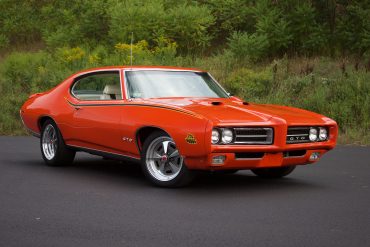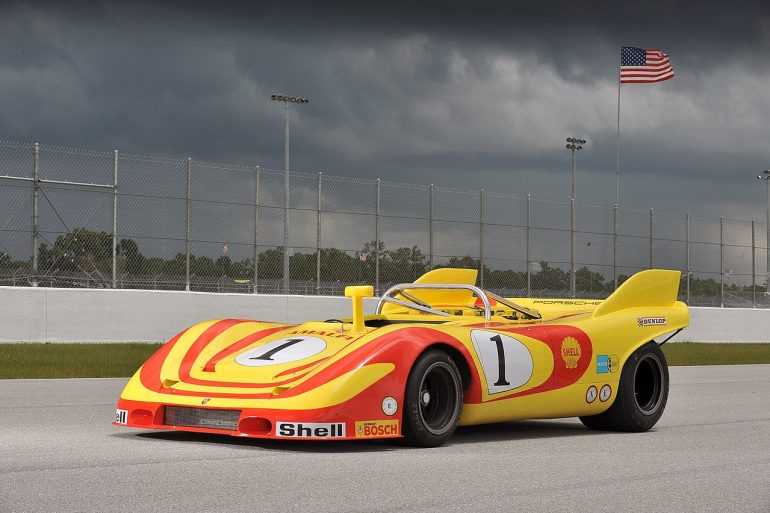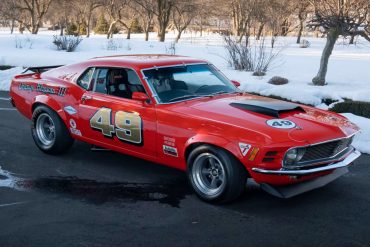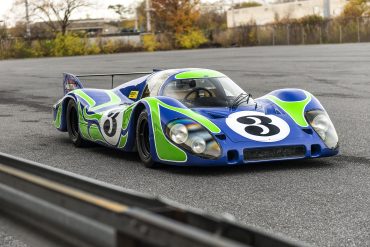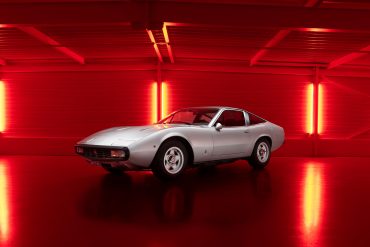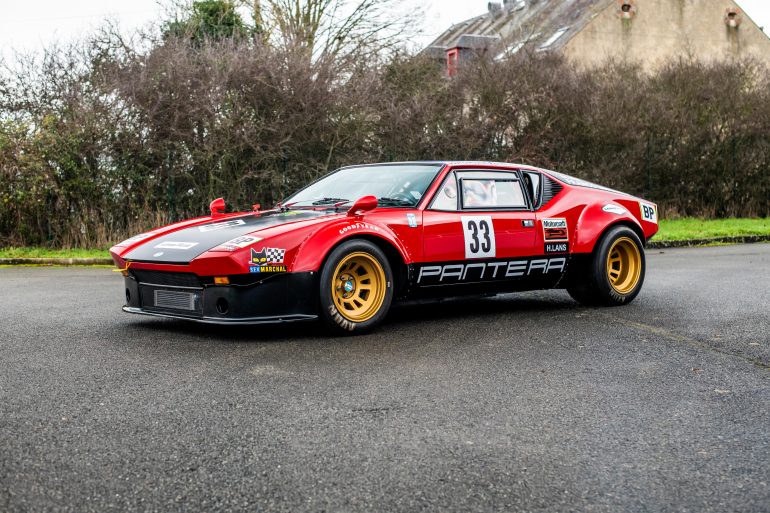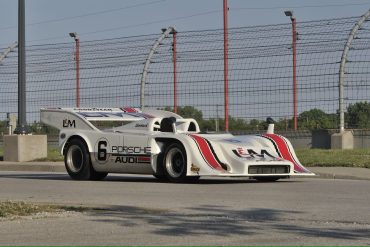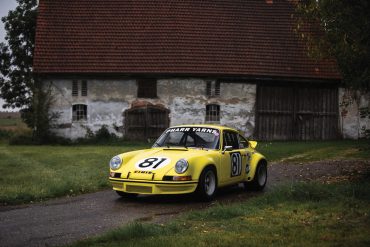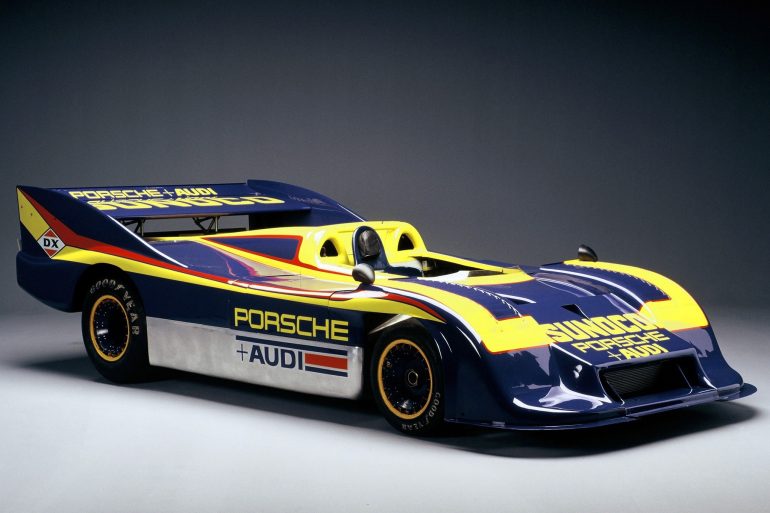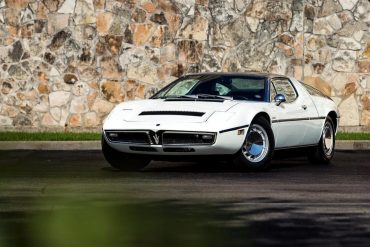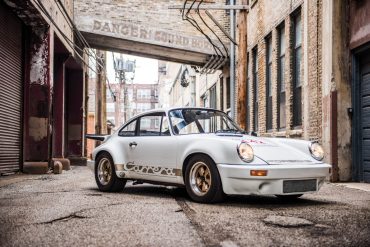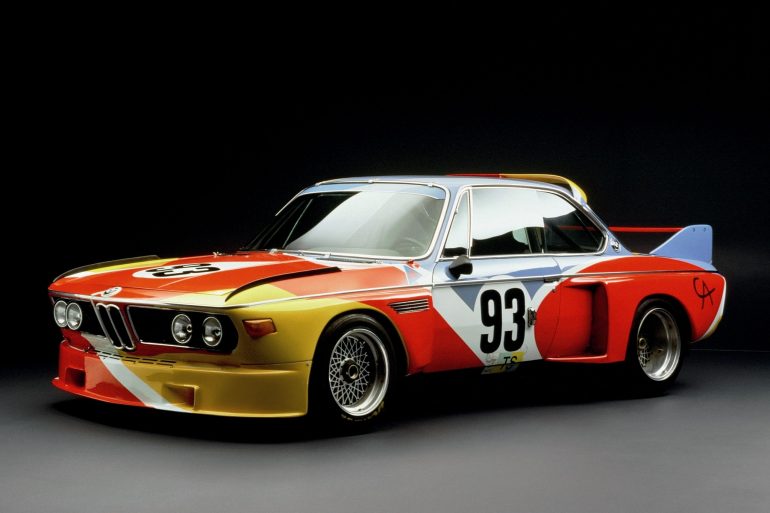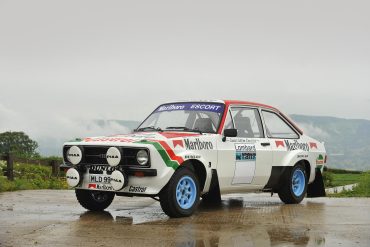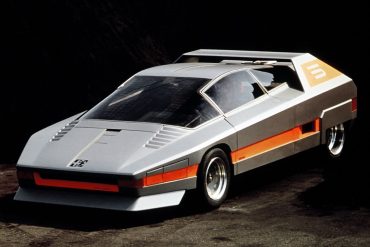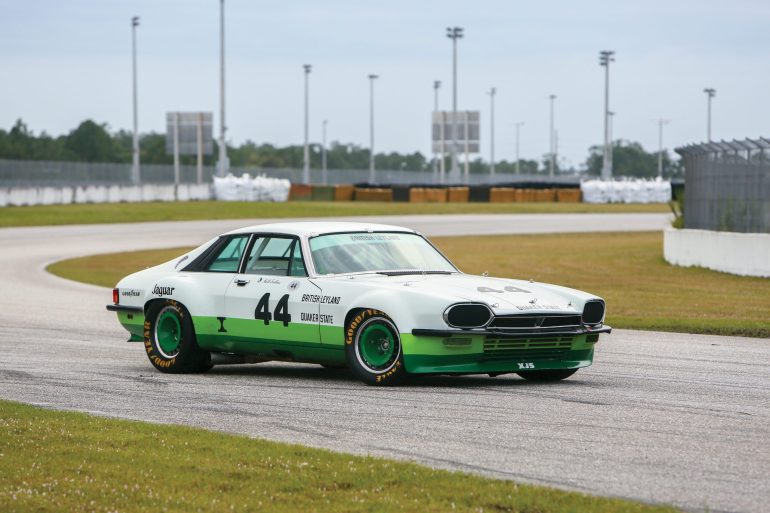The 1968 Ford Mustang offered incredible engine options and safety features that made it a stand-out Pony car from the...
All
- Abarth
- AC Cars
- Acura
- Alfa Romeo
- Allard
- Alpine
- Alvis
- AMG
- ASA
- Aston Martin
- Auburn
- Audi
- Austin
- Austin-Healey
- Auto Union
- Automobile Pininfarina
- Automobiles Darracq
- Bentley
- Bizzarrini
- BMW
- Brabham
- Bricklin
- Bugatti
- Buick
- Cadillac
- Caterham
- Chaparral
- Chevrolet
- Chrysler
- Cisitalia
- Citroën
- Cizeta
- Datsun
- De Tomaso
- Delorean
- Dodge
- Duesenberg
- Ferrari
- Fiat
- Ford
- General Motors
- Ginetta
- Gordon Murray Automotive
- Hennessey
- Hispano Suiza
- Honda
- Jaguar
- Koenigsegg
- Lagonda
- Lamborghini
- Lancia
- Lexus
- Ligier
- Lincoln
- Lola
- Lotus
- Marcos
- Maserati
- Mazda
- McLaren
- McMurtry Automotive
- Mercedes
- MG
- Mini
- Mitsubishi
- Morgan
- Nissan
- Oreca
- Packard
- Pagani
- Pontiac
- Porsche
- Porsche Carrera Cup North America
- Red Bull
- Renault
- Rimac
- RML
- Rolls-Royce
- Scuderia Cameron Glickenhaus
- Shelby
- SIMCA
- Spyker
- Subaru
- Sunbeam
- Talbot Lago
- Tesla
- Toyota
- Triumph
- Tyrell
- Vauxhall
- Vector
- Venturi
- Voisin
- Volkswagen
- Volvo
Brands
With its V12 engine, Miura wheels, dramatically low profile, and expansive glass, the Espada remains every bit as bold and...
The Miura vehicle was created by Lamborghini engineers Gian Paolo Dallara, Paolo Stanzini, and Bob Wallace. It was first unveiled as a chassis without a body at the 1965 Turin Motor Show. Marcello Gandini from Bertone was then responsible for designing the bodywork. The result was the P400 GT prototype,...
The 1968 GT500 KR featured a 428 cubic inch Cobra Jet V8 engine, which is widely recognized as one of the best...
The COPO Camaro was created in 1969 by two Chevrolet dealers who wanted to install engines larger than 400 cubic...
During the 1970s, John Greenwood’s “Stars and Stripes” Corvettes showcased Chevrolet’s growing dominance in international racing, keeping the American Sports Car at the forefront. While known for his extravagant “Greenwood Wide-Body” Corvettes, Greenwood was also a skilled engine builder and a dedicated supporter of American racing. His accomplishments included back-to-back...
The 1969 ZL-1 Corvette came equipped with an entirely new big-block engine option that produced more horsepower than any Corvette...
In October 1969, a sleek new two-door sports car was presented at the Pierre Hotel, New York in front of...
Called one of the “Winged Warriors”, a list that included Plymouth Superbird, Ford Torino Talladega, and Mercury Cyclone Spoiler II, the Daytona was powered by the Hemi 426 (seven liters) with 425 hp or a 375 hp 440. It should be noted that the tuned racing version reached speeds in...
With the disappointing performance of the 1968 Dodge Charger 500 in NASCAR competition and Plymouth’s superstar Richard Petty leaving them...
Launched in 1968 at the Geneva Salon, the Islero marked an evolution from the 400 GT 2+2, itself derived from...
Ferruccio Lamborghini’s challenge to Ferrari began in 1964 with the 350GT, but it was the introduction of the Miura, often considered the pioneer of the supercar category, that firmly established Lamborghini as a renowned manufacturer of high-end sports cars. Prior to the Miura’s official unveiling at the 1966 Geneva Salon,...
Launched in February 1969, this was the first Skyline to wear the GT-R badge. This special model was heavily modified...
As a car credited for starting the muscle car era, the Pontiac GTO enjoys legendary status as a truly revolutionary car. The...
Of all the 917 variants, the ‘Interserie Spyder’ was one of the most successful. It won the Interserie championship outright for two years in a row before the model was replaced by the 917/10 of 1972. Three lightweight 917 Spyders were prepared by Porsche specifically for the Interserie, a new...
The Citroen SM is a high-performance luxury coupe produced from 1970 through 1975. Upon its release, the Citroën SM exceeded...
From 1975 to 1977, this remarkable vehicle dubbed as “Orange Blossom III,” competed in prestigious endurance races such as the...
The 908/3 prototype was built for the sole purpose of winning the Targa Florio and Nürburgring legs of the world Championship. The 908 specialized in lightweight design through the use of a 48 lbs titanium space frame and 26 lbs body. Known as the Porche miracle by Italians, the 908/3s won...
Due to the aerodynamic instability of the 917 in the 1969, two separate configurations were used in 1970. These were...
Unveiled at the 1971 Geneva Motor Show, the 365 GTC/4, a rare model with limited production, shared the platform with...
De Tomaso not only produced road cars but also offered Panteras configured for FIA’s Group 3, Group 4, and Group 5 categories. Launched in 1972 with assistance from former Ferrari Formula 1 driver and engineer Mike Parkes, the Group 4 Pantera retained the stock steel monocoque chassis while upgrading nearly...
After claiming two Le Mans victories with the iconic 917 Kurzheck, Porsche’s Weissach engineers converted it into a Group 7...
Introduced in 1973, the RSR was a factory-built racing car based on the 911 chassis. The 2.8 RSR looks different...
The ultimate expression of CanAm’s unique sky’s-the-limit approach to technical regulations, this 1200bhp twin-turbo monster was a sensation, rubbing salt into the opposition’s wounds by totally dominating the 1973 season after its predecessor. The Porsche 917/30 was a derivative of the 917/10 and it was the first real turbocharged racing car developed to...
The Maserati Bora was unveiled in 1971 at the Geneva International Motor Show and was produced until 1978 with 564...
The 1974 Porsche 911 Carrera RS 3.0 stands as the ultimate evolution of the naturally aspirated Porsche 911 designed for...
This BMW 3.0 CSL is the first of BMW’s world-famous Art Cars. Created in 1975, it was one of the last works produced by American artist Alexander Calder before his death. A sculptor normally accustomed to producing shapes of his own, Calder brought his own, inimitable character to the stunning...
Most people probably don’t know that Ford has been around in rally racing almost as long as it has in...
At the 1976 Geneva Motor Show, Alfa Romeo revealed the final iteration of its series of concept cars based on...
This is the Group 44 Jaguar XJS that won the Trans-Am Category 1 Drivers’ and Manufacturers’ Championship in 1978, racing against cars like the Corvette, Porsche, Datsun, and Camaro. Jaguar had initially released the XJS to lukewarm reception, but decided to use the “win on Sunday, sell on Monday” strategy...


